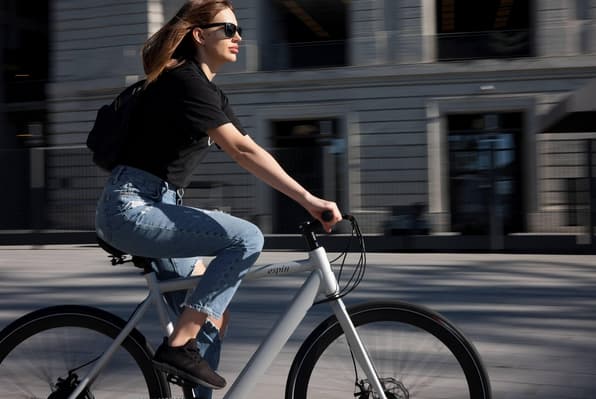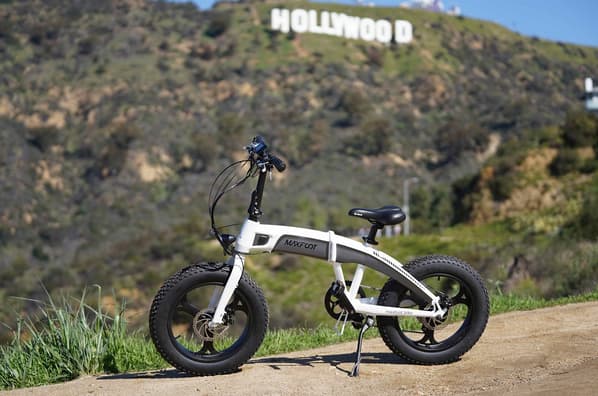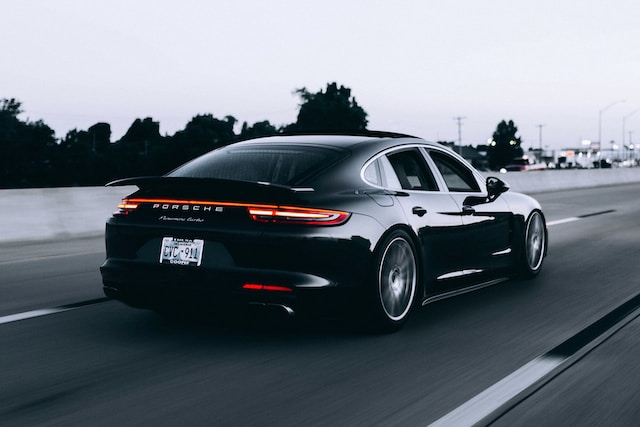What can an electric scooter be used for besides entertaining children and teenagers? Here are some examples that clearly show that it is not a toy at all. Electric scooters are suitable for:
Commuting to work and errands. The owner of an electric scooter does not face crowds in public transport and does not stand in traffic jams on city streets. At the same time, it does not waste much energy, and the route can be constructed so that, for example, to go through a park and get some fresh air.
Moving the sick and elderly people who find it difficult to walk regularly or after an illness or surgery.
Walking, such as trips to the park, the outdoors or sightseeing.
And you can also use an electric scooter in order to get to a parked car or to the metro station in the metropolis.
As you can see, there are many options. Especially when you consider that the electric scooter is almost as convenient as a bicycle, but it has more mobility, since it takes less space when folded.
An electric scooter is uncomfortable in rain or cold weather. There is an opinion that electric scooters should not be used at all in rain and snow. This is not entirely true. Most scooter manufacturers allow their use in rain and riding in puddles. But you have to look at the moisture protection rating. All electronic components of the scooter must have moisture protection. And riders (fans of electric scooters) often make additional sealing for the motor, battery and controller.
In cold weather, electric scooters are more difficult to use. Keep in mind that popular lithium-ion batteries work down to -10 °C, and then quickly lose capacity. Scooters with these batteries cannot be used for travel in freezing temperatures – you won’t get far. Scooters with inflatable tires also cannot be used in cold weather. In addition, cells with a temperature operating range down to -10 °C can be used in the controller. Therefore, most manufacturers of electric scooters limit the lower temperature range in which they can be used to -10 °C.
It should also be remembered that in rain and cold weather the electric scooter is more difficult to control, as it is slippery on the road, which means that steering and braking distance are impaired.
Design of an electric scooter
The design of the electric scooter is similar to the usual, except that it appeared an electric motor and everything that is necessary for its operation. The main components of the electric scooter are:
Bearing frame. This is the basis of the structure, on which all the other equipment is hinged and fixed. It is made of metal (mainly aluminum and its alloys) or carbon.
Steering column (rack). It is used to control the scooter with the handles and controls of the electric motor. It is more convenient if it is telescopic, because in this case you can adjust the height to the specific height of the person.
Deck. This is the name of the platform on which the owner of the scooter becomes while riding. The deck is rigidly attached to the carrier frame. On top, it is usually covered with a layer of rubber or has a grooved surface, often with some kind of pattern to ensure better traction with shoes. The bottom of the deck has a recess that houses the battery and control electronics.
Wheels and electric motor. Usually on a scooter, the front wheel is a swivel slave, the rear wheel is a drive wheel. However, there are also front-wheel drive versions, as well as models in which both wheels are leading. There are two types of drive wheels. The first option – the motor-wheel. In this case, the electric drive is built directly into the wheel. The second is the drive wheel, which is driven by a chain transmission from an electric motor installed on the frame. Wheels also come in tubeless and tubeless and vary in diameter from 4 to 12 inches.
Brakes. Electric scooters use electric or disc brakes. The first does not allow you to make a quick stop, but during use it recharges the battery a little and does not require maintenance. The disc brake effectively dampens high speed, but requires regular maintenance. In addition, there is a rear fender brake – when braking, the foot is placed on the rear fender, and pressing it blocks the rotation of the rear wheel. Rear fender brake is in addition to electric or disc brake.
Power and control electronics. This is primarily the motor, the battery and the controller that controls the operation of the electric motor depending on incoming commands (add speed or brake). Information about the operation of the engine is given on the display located on the steering wheel.
Shock absorbers. Depending on the design can be gas-filled or spring. A number of models, mostly inexpensive, are not equipped with shock absorbers at all. Alternatively, manufacturers claim that pneumatic wheels serve as shock absorbers. These wheels actually cushion the bumps in the motion, but they are not a full-fledged substitute for shock absorbers.



